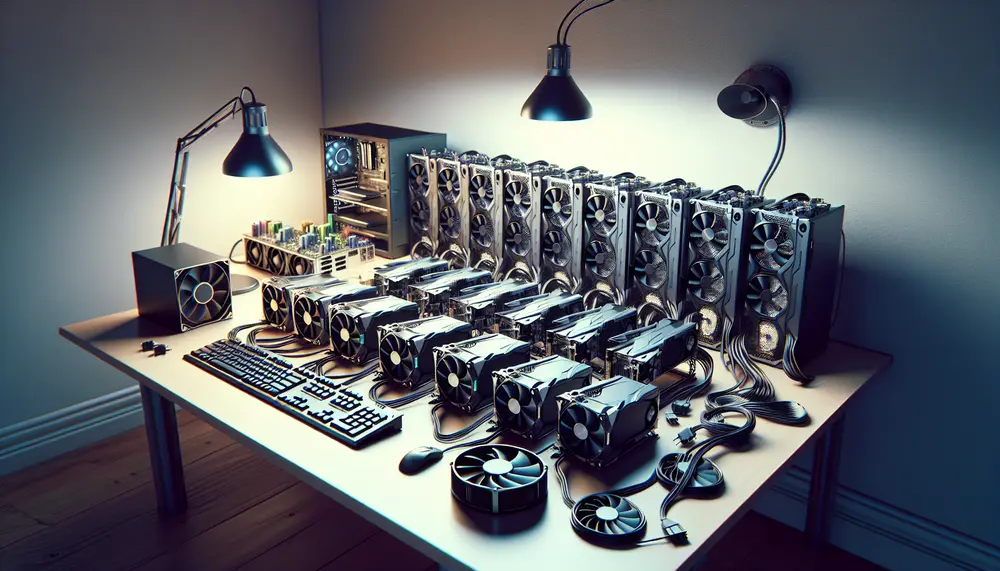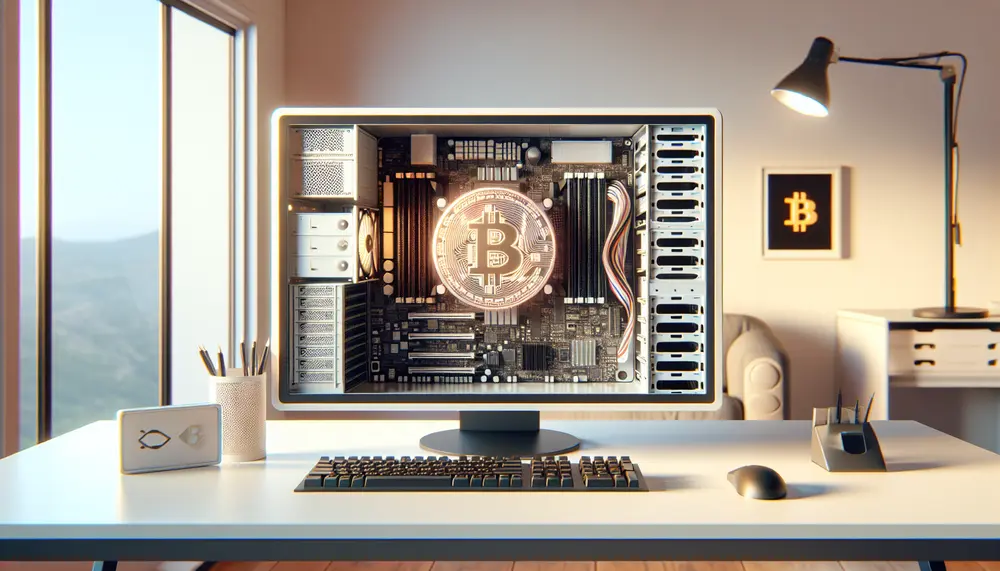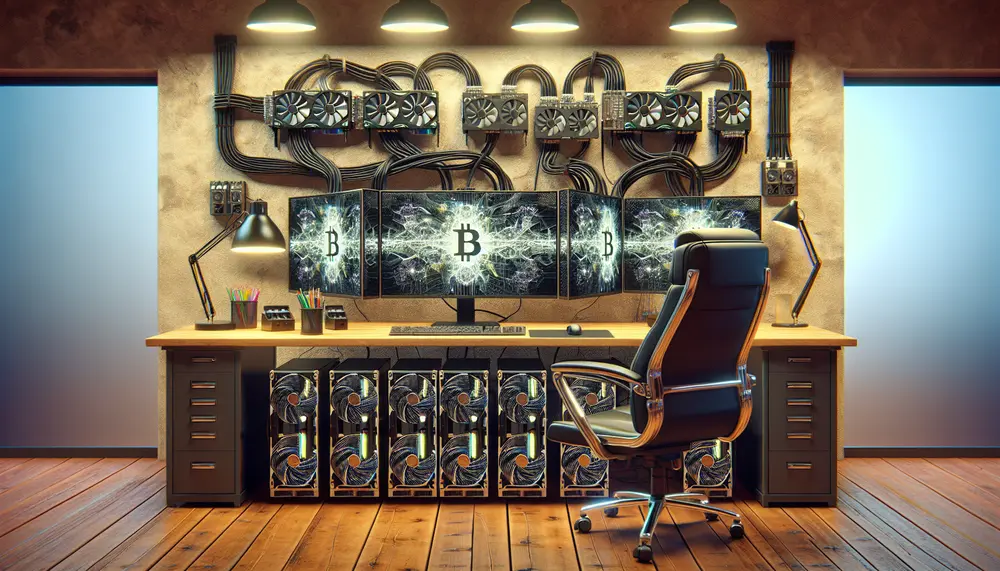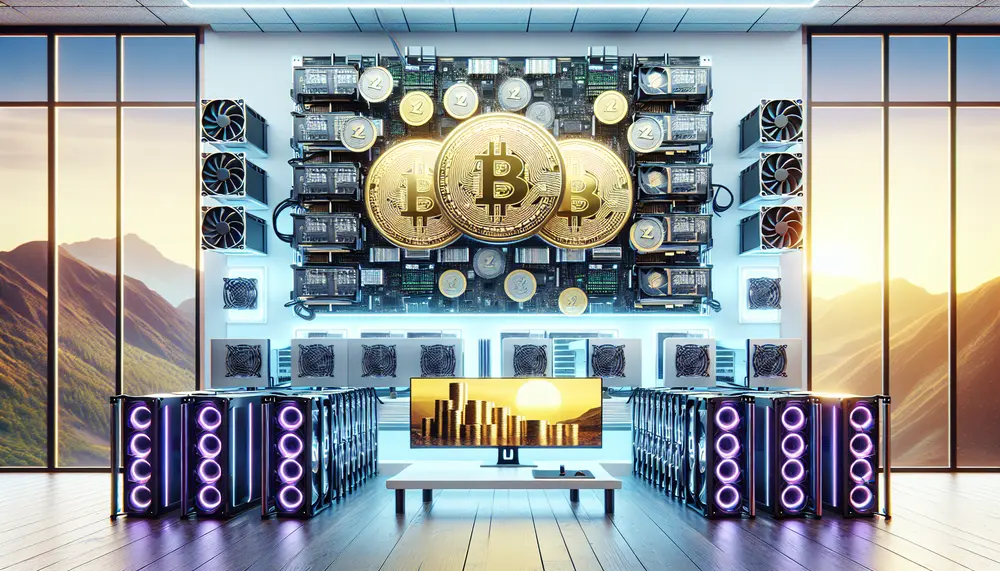Understanding Network Latency in Bitcoin Mining
In the world of Bitcoin Mining, Network Latency is a crucial concept to grasp. It refers to the time taken for data to travel from one point in a network to another. In simpler terms, it's the delay that happens when you send information from A to B in a network. It's the delay you experience when you click on a website link and the time it takes for the site to load on your screen.
Measuring Network Latency
Network Latency is measured in milliseconds (ms). The lower the milliseconds, the faster the data travels, resulting in a more efficient Bitcoin Mining process. High latency signifies a delay in the network, which can cause inefficiencies in your mining operation as it may delay the process of verifying transactions on the blockchain. In the realm of Bitcoin mining where time is of essence, high latency can affect profitability.
Factors Influencing Network Latency
The two main factors influencing network latency in Bitcoin Mining are the distance between the nodes and the quality of the network connection. For instance, if your mining equipment is in New York, and the mining pool you're connected to is in Tokyo, the geographical distance could contribute to higher network latency. Similarly, if you're on a slow or unstable internet connection, your latency could increase because it takes longer for data to travel.
Reducing Network Latency
Reducing network latency can help make your Bitcoin Mining operation more efficient. Some of the ways to achieve lower latency include choosing a mining pool closer to your location, using wired connections over wireless ones as they tend to be faster and more reliable, and upgrading your internet package for higher speed.
Relevance of Network Latency in Bitcoin Mining
Understanding and managing your network latency can be the defining factor in gaining an edge in Bitcoin Mining. It can affect the speed at which you mine Bitcoins and validate transactions on the blockchain. Lower network latency means higher efficiency and potentially higher profitability. So, keep an eye on your network latency!















